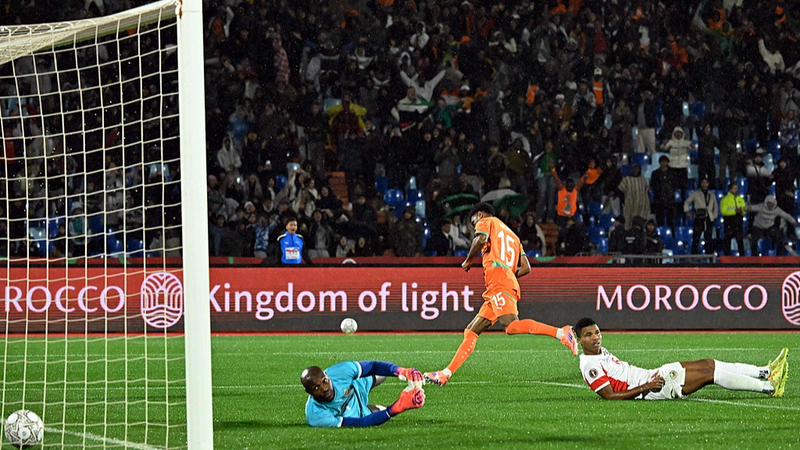Italy’s ambitious plan to build a 3.6km suspension bridge over the Strait of Messina has ignited mass protests in the historic city of Messina.
Project at a glance
- Scale: 3.6km – the world’s longest suspension bridge
- Cost: $15.6bn, with projected economic returns of €23bn
- Jobs: 120,000 new positions annually during construction
- Strategic angle: Could help Italy meet defense spending targets
Thousands of protesters marched under the “No Ponte” banner, raising alarms about environmental fallout, seismic risks and potential mafia interference. “At least 500 families will be displaced,” say local activists, who warn that fragile coastal ecosystems could be irreversibly harmed.
Supporters argue the bridge will spark a regional renaissance. Angelica Donati, President of Italy’s National Association of Building Contractors, forecasts a €23bn economic boost—nearly double the initial outlay. The government highlights 120,000 annual jobs in one of Europe’s poorest zones, viewing the steel-and-cable marvel as a catalyst for southern Italy’s revival.
Balancing act
At its core, the debate reflects a familiar global tension: mega-project dreams versus grass-roots concerns. For digital nomads eyeing Italy’s sun-drenched south and entrepreneurs scouting emerging markets, the bridge symbolizes both opportunity and caution. Will it become a modern wonder linking cultures and economies? Or a cautionary tale of top-down planning eclipsing local voices?
As Italy navigates infrastructure ambitions and sustainability imperatives, the unfolding story in Messina offers a microcosm of the challenges facing mega-projects worldwide.
Reference(s):
cgtn.com



